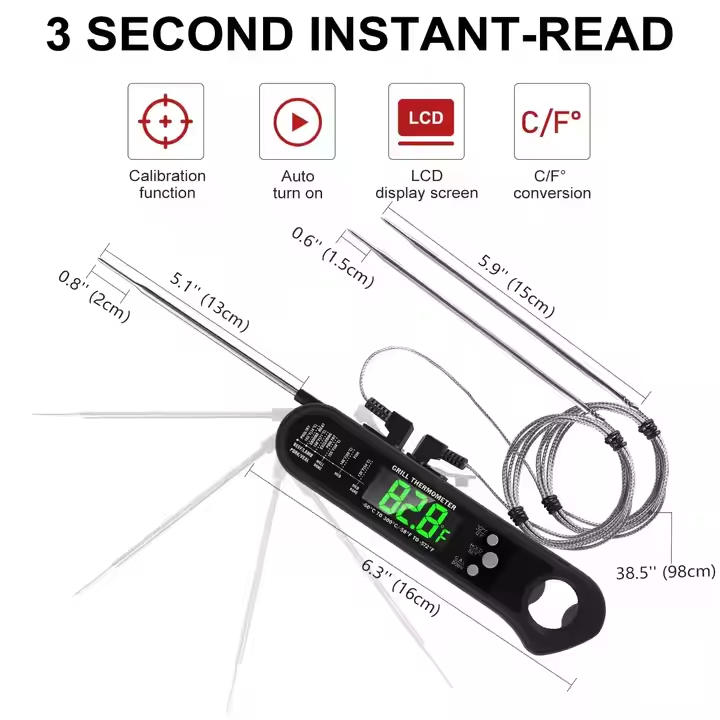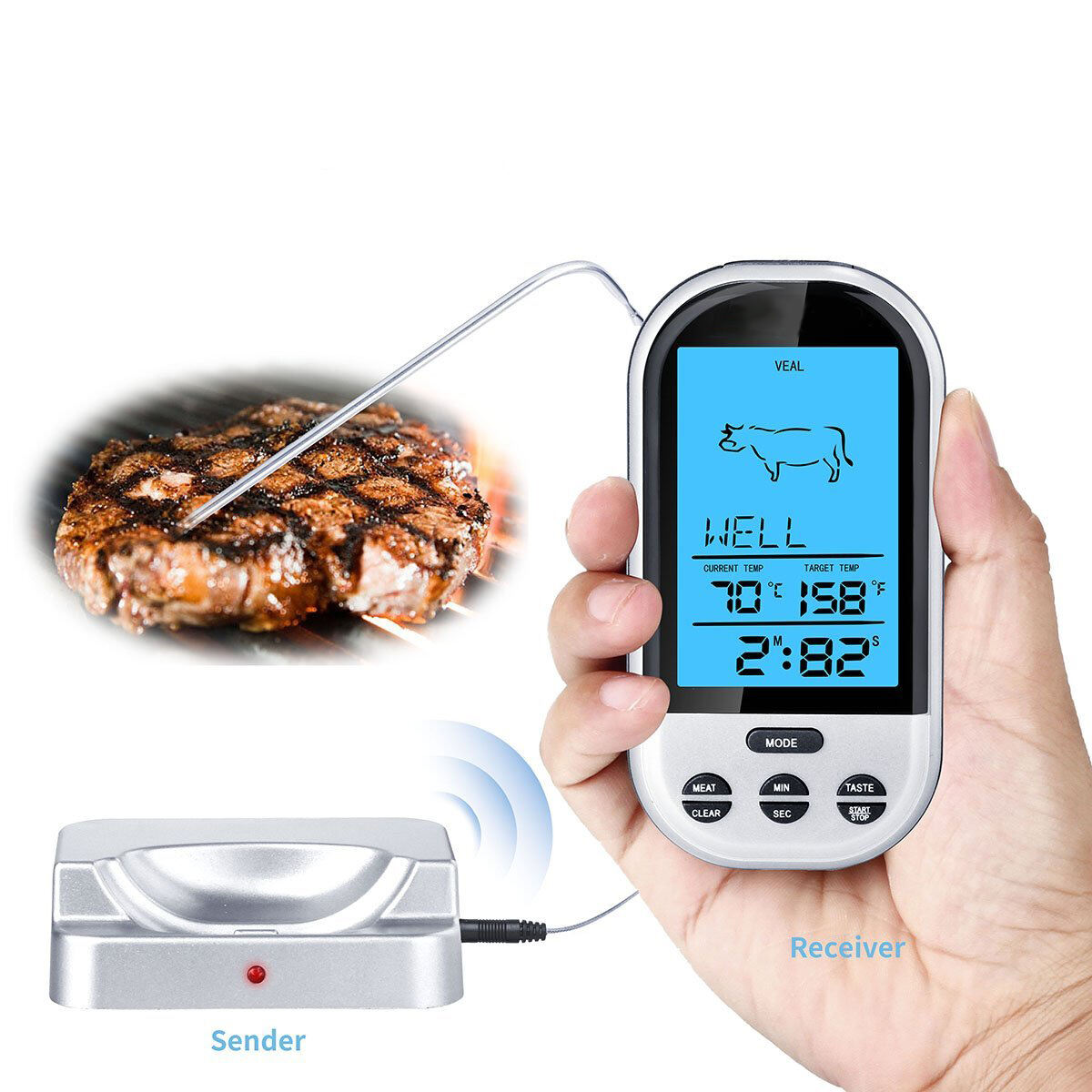calibrating a meat thermometer
Calibrating a meat thermometer is a crucial process that ensures accurate temperature readings for safe and delicious food preparation. This fundamental procedure involves testing and adjusting your thermometer to guarantee it provides precise measurements every time you cook. The process typically starts with the ice point method, where the thermometer is immersed in a mixture of crushed ice and water, or the boiling point method, which uses boiling water as a reference point. Modern digital meat thermometers often come with self-calibration features, while traditional dial thermometers require manual adjustment using a calibration nut. The technology behind these devices has evolved to include features such as instant-read capabilities, digital displays, and temperature memory functions. Professional-grade thermometers may also incorporate advanced calibration methods with multiple testing points for enhanced accuracy. The applications extend beyond just cooking meat, as properly calibrated thermometers are essential in commercial kitchens, food processing facilities, and home cooking to ensure food safety standards are met. Regular calibration helps maintain the thermometer's accuracy and prolongs its lifespan, making it a vital practice for both professional chefs and home cooks.


